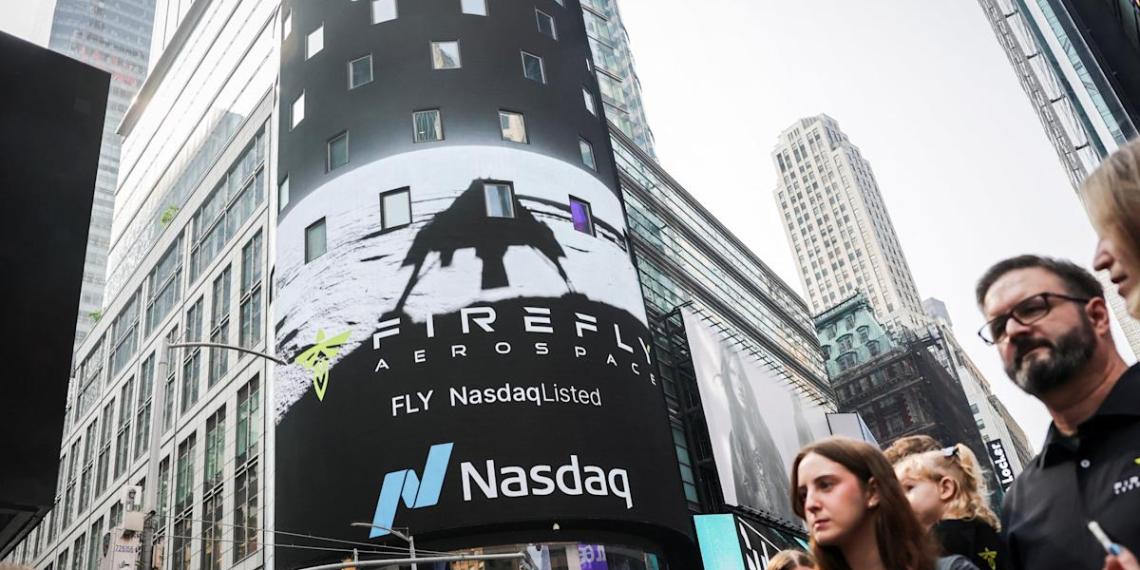Shares of Firefly Aerospace (FLY) fell more than 10% in premarket trading Friday, pulling back after a successful public market debut.
The aerospace company’s stock had soared during its initial public offering on Thursday, closing its first session at $60.35—a 34% increase from its $45 IPO price. The stock opened at $70, and the company ended its first day with a market capitalization of $8.48 billion.
Demand for the IPO was strong, with the company ultimately selling 19.3 million shares at $45 each to raise $868 million. This was significantly higher than the initial pricing range of $35 to $39 per share, which was later revised upward to $41 to $43.
Firefly’s strong reception reflects significant investor interest in publicly traded space exploration companies, particularly as a viable alternative to privately-held ventures like Elon Musk’s SpaceX. This trend was also seen with the successful debut of competitor Karman (KRMN) earlier this year, whose stock has gained approximately 60% since its February launch.
“This company is not aspirational — it’s operational,” Firefly CEO Jason Kim told Yahoo Finance. Kim, an electrical engineer, previously worked at Boeing’s satellite segment, Millennium Space Systems.
Firefly is a key partner in NASA’s Commercial Lunar Payload Services program and successfully landed its Blue Ghost vehicle on the moon in March. The company operates its proven Alpha rocket and plans to launch its new reusable Eclipse rocket in 2026. It also holds partnerships with major industry players including NASA, Northrop Grumman, Space Force, SpaceX, and Blue Origin.
However, the company’s prospectus highlights that it remains an early-stage venture with significant financial hurdles. Firefly has a reported backlog of $1.1 billion, representing potential future revenue, but is not yet profitable. Kim has declined to provide a timeline for when the company might achieve profitability.
For the six months ending June 30, Firefly projected an adjusted operating loss between $95 million and $97 million on sales of approximately $71 million. This follows an adjusted operating loss of $190.6 million in 2024, which increased from a $123.9 million loss in 2023.
Source link





